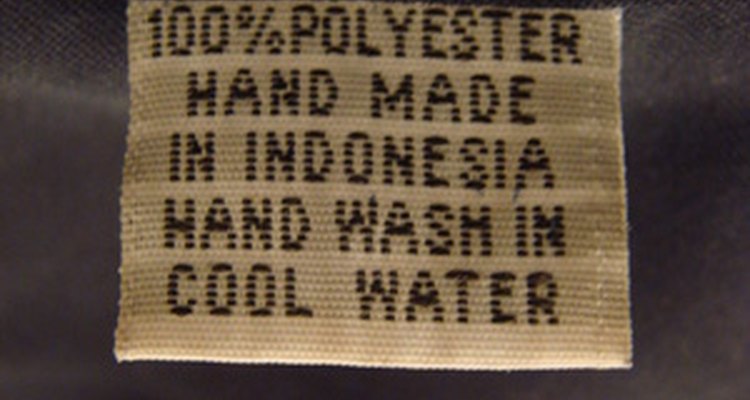
Polyester staple fiber is a material produced from synthetic chemical compounds with a variety of uses in the textile, automotive and furniture industries.The phrase "staple fiber" often refers to a kind of natural fiber such as cotton or wool, which can be twisted to form yarn. In 1935, the DuPont Chemical Company created polyester, and the fiber from the chemical compound was strong enough to be twisted into yarn similar to natural fibers.
Properties
Polyester has many industrial applications because of its special characteristics, especially its resistance to stretching or shrinking and general strength as a fiber. It also dries quickly, while remaining crisp and strong afterwards, so this material is easily washed. Polyester staple fiber resists wrinkles, mildew, general surface damage and most chemicals. This material also holds creases and pleats well, as long as they have been heat-set first.
Production
The chemical name for the polyester used in fiber production is polyethylene terephthalate or PET. This compound is also used to make plastic soft drink bottles, which can be melted down after use, allowing the PET fibers to be reused. Companies currently producing polyester fiber include Color-Fi, Dak Fibers, Fiber Science Inc and Palmetto Synthetics.
Uses
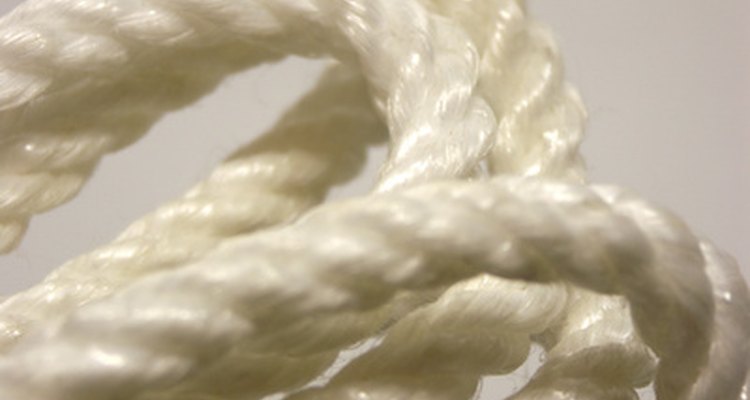
Polyester fiber can be used to create polyester as a cloth material, and then used in all kinds of clothing from blouses to dresses to pants. Polyester staple fibers work well in home furnishings as well, which includes carpets, upholstery, curtains and sheets. Polyester fiberfill is often used inside pillows and furniture as stuffing. Hoses, ropes and nets, thread, tire cord and sails on ships are all made with polyester fibers, which is regularly combined with other materials to add new properties.
Care
Polyester can usually be machine washed and dried. Clothing made from this material cleans well in warm water, with fabric softener added to the final rinse cycle, and machine dried at a low temperature. Ironing polyester clothing with a hot iron may cause discoloration or damage, so a medium setting is enough to smooth out any wrinkles. Most items made from polyester can also dry cleaned if necessary. The manufacturer’s label will also specify the best care for the material.
Types
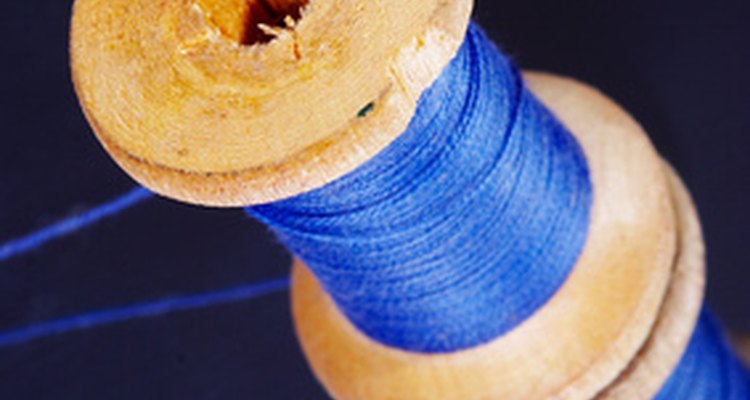
Polyester is used is different kinds of fibers aside from staple fibers, including tow fiber, textile filament fiber, fiberfill, industrial filament fiber and PEN fiber, an abbreviation for the compound polyethylene naphthalate. These types have different fiber lengths, resulting in different appearances in the final products. Staple fibers are short fibers that have been produced and then cut. Afterward the shorter fibers are blended together for smoother look and a different mix of characteristics, such poly-cotton t-shirts that are soft but do not shrink. Filament fibers are longer and rougher and cannot be blended with other materials to create fabric.
Related Articles

What Is Arnel Vintage Material Fabric?

What Is the Difference Between Acrylic ...

How Is Poly Cotton Made?
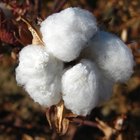
How Is Cotton Made Into Fabric?

Description and Characteristics of ...

Types of Polyester Fabric

What Is a Synthetic Polyester Fabric?
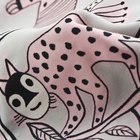
What Is Berber Fleece?

Denim vs. Denim Blends

Characteristics of Polyester & Cotton

The Disadvantages of Silk

Types of Cotton Fabric

List of Plants Used for Clothing

The Disadvantages of Polyester Cotton

Properties of Cotton Fabric

Advantages & Disadvantages of Natural ...

What Are the Advantages & Disadvantages ...

What Are Twill Pants?

What Types of Fabrics Absorb Dye Best?
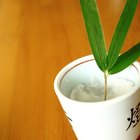
The History of Bamboo Fabric